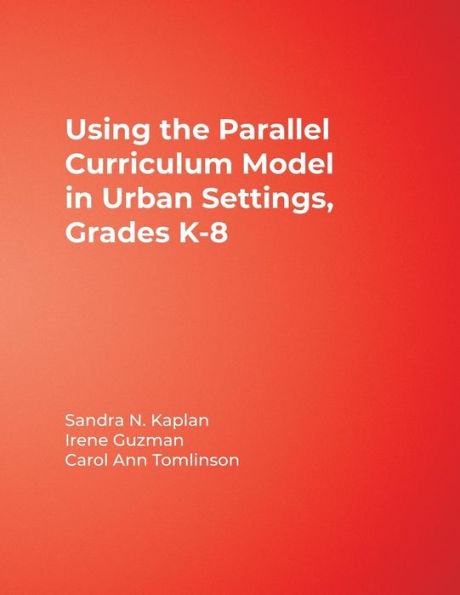5
1
9781412972192



Using the Parallel Curriculum Model in Urban Settings: Grades K-8 / Edition 1 available in Paperback, eBook

Using the Parallel Curriculum Model in Urban Settings: Grades K-8 / Edition 1
- ISBN-10:
- 1412972191
- ISBN-13:
- 9781412972192
- Pub. Date:
- 10/01/2009
- Publisher:
- SAGE Publications
- ISBN-10:
- 1412972191
- ISBN-13:
- 9781412972192
- Pub. Date:
- 10/01/2009
- Publisher:
- SAGE Publications

Using the Parallel Curriculum Model in Urban Settings: Grades K-8 / Edition 1
$46.95
46.95
In Stock

Product Details
| ISBN-13: | 9781412972192 |
|---|---|
| Publisher: | SAGE Publications |
| Publication date: | 10/01/2009 |
| Pages: | 113 |
| Product dimensions: | 8.40(w) x 10.90(h) x 0.50(d) |
About the Author
From the B&N Reads Blog



